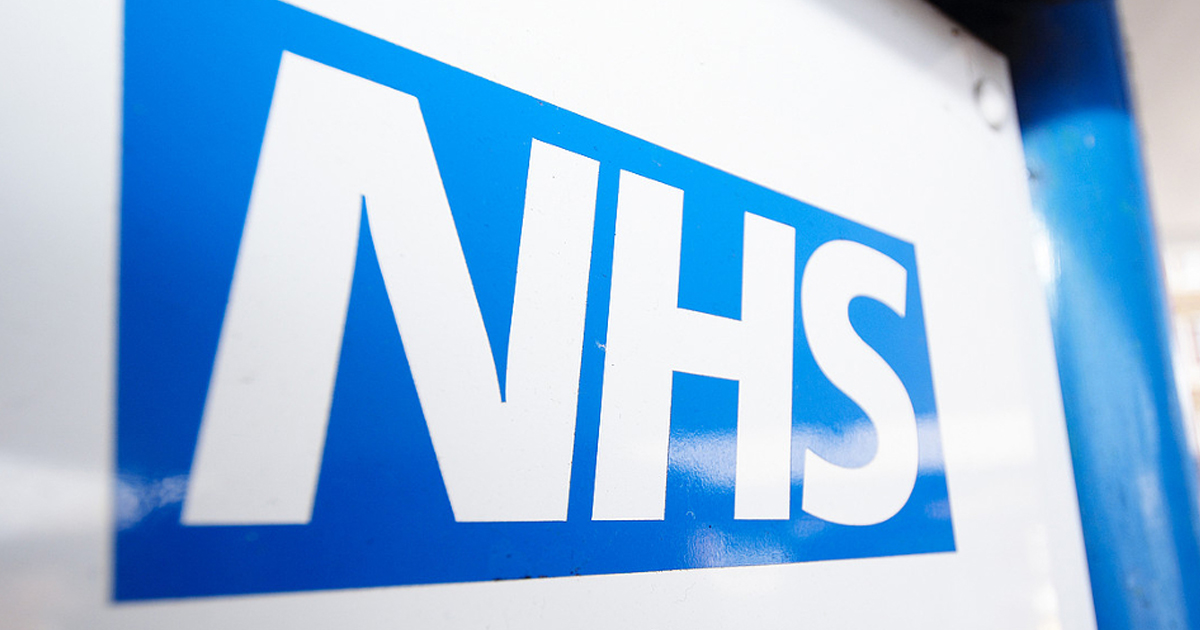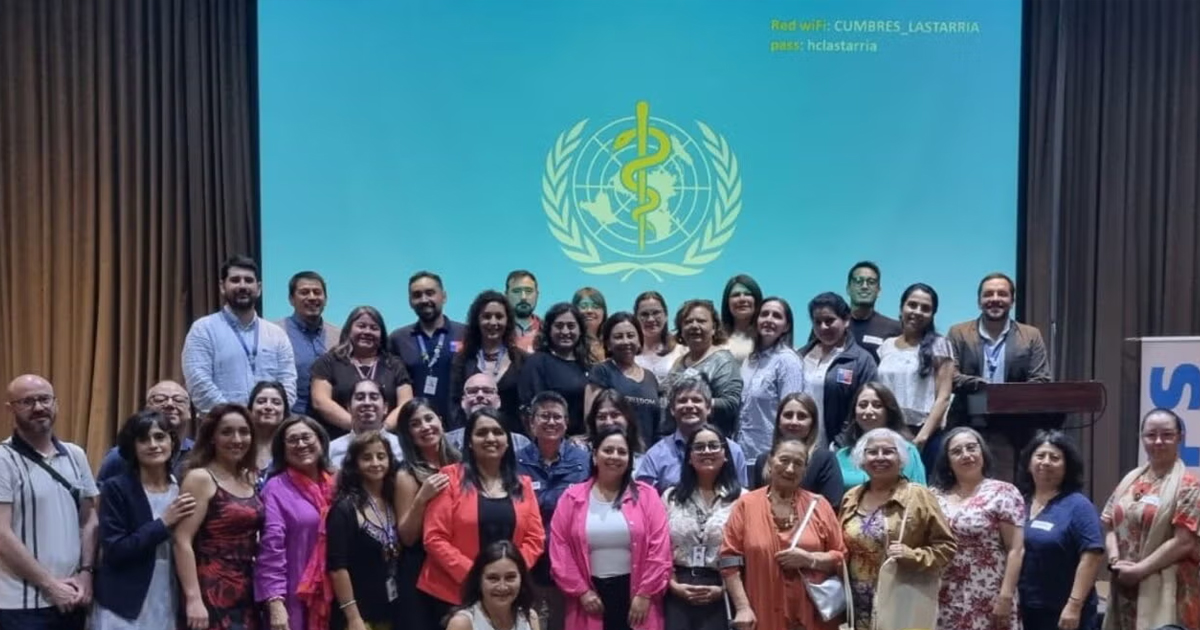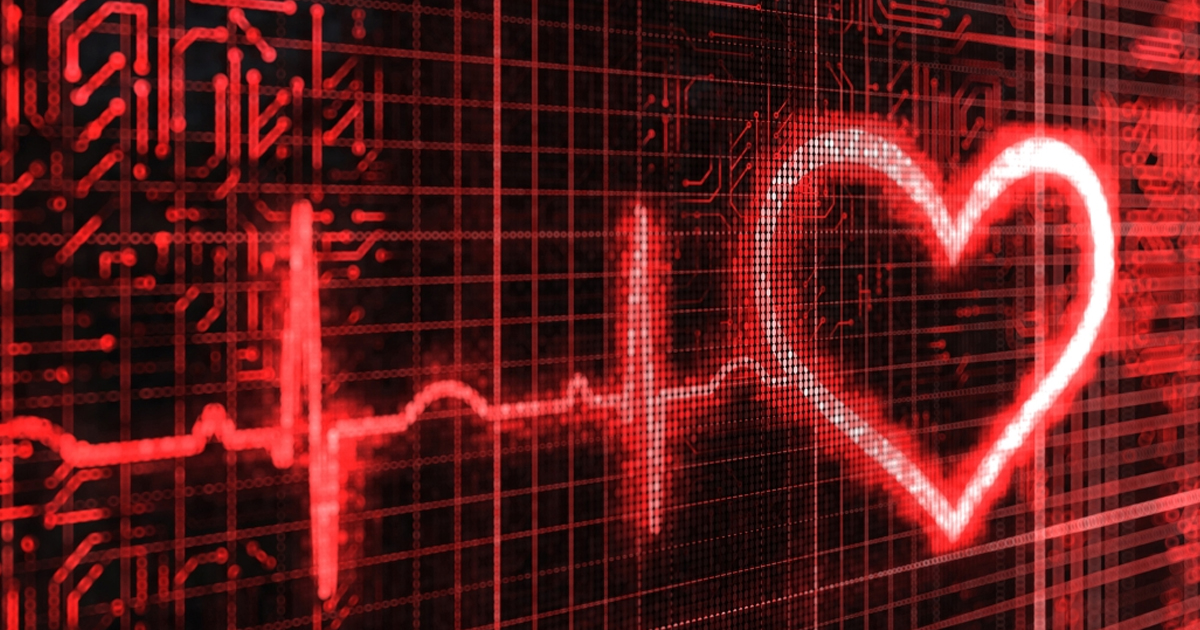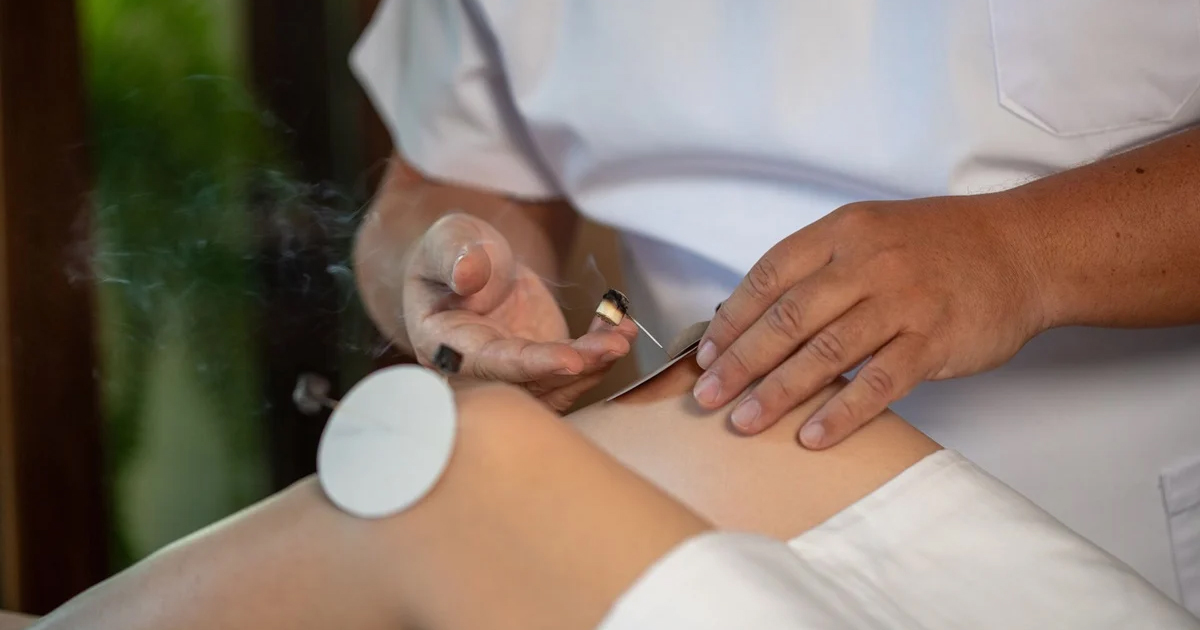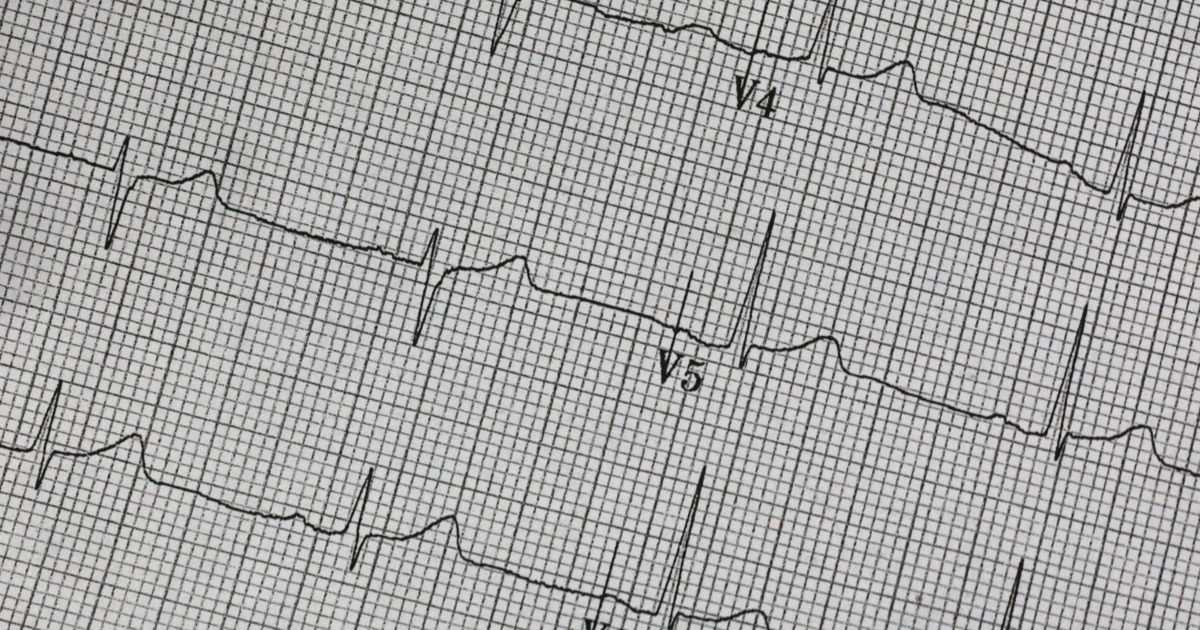Estudio utilizando datos de una app de monitoreo de síntomas, encontró mayor frecuencia de pacientes positivos a COVID-19 cuando los síntomas fueron pérdida de olfato y gusto
Seguimiento en tiempo real de síntomas auto informados para predecir posibles casos de COVID-19, es el título éste estudio realizado por 20 investigadores de la revista Nature. Para su realización participaron más de 2.6 millones de personas, quienes informaron sobre sus síntomas de COVID-19 a través de una aplicación móvil.
La aplicación COVID Symptom Study fue desarrollada por una compañía de tecnología con apoyo del Massachusetts General Hospital y el King’s College London. Fue puesta a disposición de forma gratuita a usuarios en el Reino Unido y EEUU a finales de marzo, para mediados de abril contaba con más de 2.6 millones de usuarios, lo que permitió el desarrollo del estudio mencionado.
Para el registro de los síntomas los usuarios debieron ingresar su ubicación, edad, factores de riesgo, para posteriormente actualizar sus síntomas diariamente y registrar si fueron atendidos por un médico y el resultado de su prueba.
Este estudio arrojó resultados importantes, en total 18 mil 401 pacientes se sometieron a prueba de COVID-19. En cuanto a los resultados positivos, los participantes que registraron perdida de olfato y sabor registraron una mayor proporción de resultados positivos (4,668 de 7,178).
Es por ello que la adopción masiva de este tipo de aplicaciones que tienen fines de investigación médica, son importantes para el desarrollo de nuevos conocimientos sobre esta nueva enfermedad.
Durante la emergencia sanitaria han sido creadas miles de aplicaciones y plataformas de verificación de síntomas, ya sea por organismos públicos o privados. La OMS por su parte, informó sobre una aplicación de monitoreo de síntomas que será proporcionada a países que no cuentan con los recursos para distribuir y desarrollar su propio sistema digital.
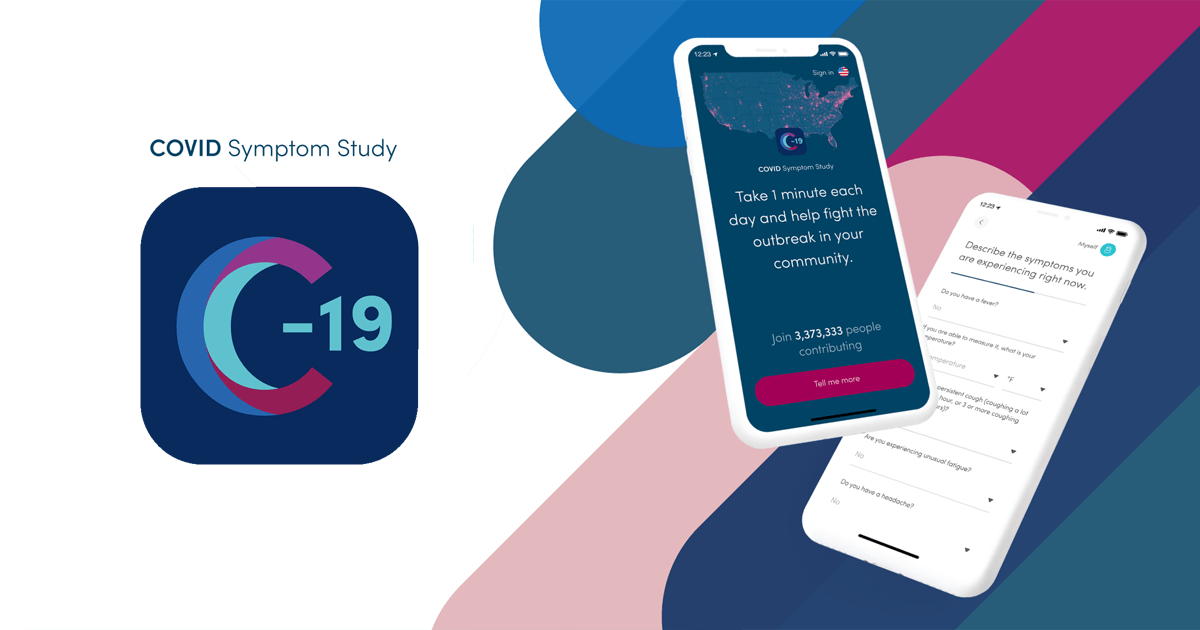
La recopilación de información servirá para la generación de más conocimiento para que se pueda entender el comportamiento del virus SARS-CoV-2 en el cuerpo humano.


